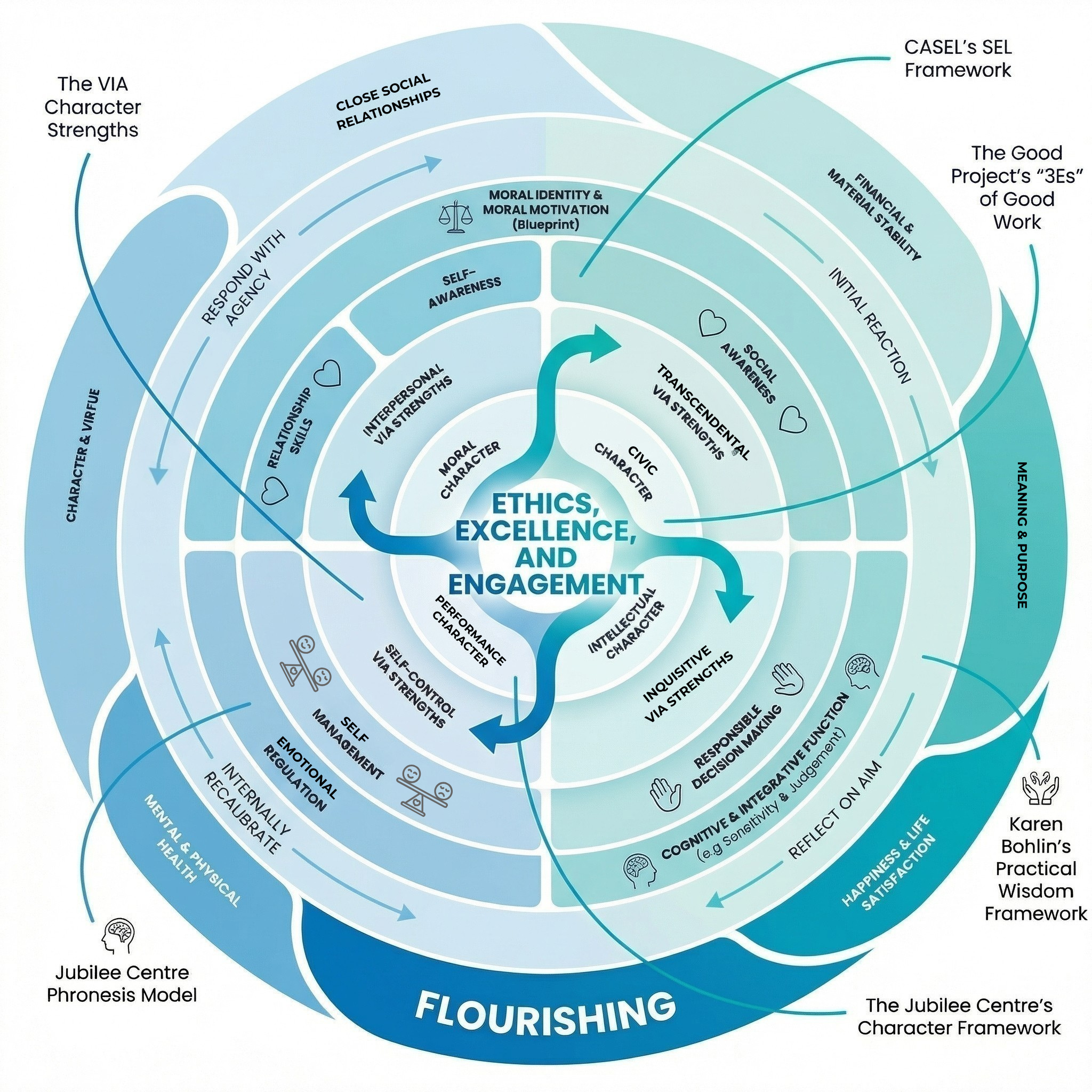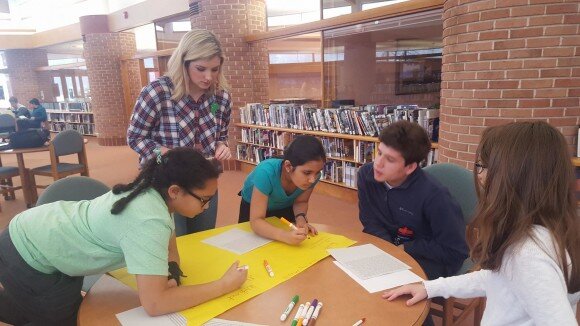The holiday season is a time of reflection for many. As we prepare to gather (or not gather) with family and friends, many of us are asking, where are we as compared to where we were last year at this time? Things certainly aren’t back to “normal,” but for some, the situation is much improved as compared to Thanksgiving 2020. How we respond to this question is dependent upon so many factors: how we’ve experienced the pandemic, where we are in the country, our financial situation, our political, social and cultural beliefs, and our values. In many cases, personal perspectives may be different from those of our family and friends, and these differences may indeed come to a head over Thanksgiving dinner. Some are asking, is it safe (link) to gather? Others are wondering, how can we reinvent this holiday (link) and honor historical truths? Meanwhile, still others are wondering how to best budget (link) for the holiday during a time of economic hardship.
With that in mind, we thought we’d share some resources that might help:
Arguments happen. The Better Arguments Project (link) tells us not to avoid them and asserts that “we don’t need fewer arguments, we just need better ones.” Explore their methods here (link).
Perhaps the disagreements have to do with items in the news, and trying to discern facts from fiction. You might try using this (link) thinking routine from our colleagues at Project Zero.
Try one of our Good Project frameworks (like the rings of responsibility (link)) to unpack differences and try to find points of commonality. For an example, here’s (link) how TGP team member Shelby Clark used an exercise about values (link) in thinking about familial differences at this time last year.
The Family Dinner Project (link) offers resources, advice, discussion starters and games to help approach the “new normal” of Thanksgiving gatherings.
Are there resources you’ve found especially helpful in facing some of these challenges, either in your classrooms or at your tables? Share them in the comments below!










